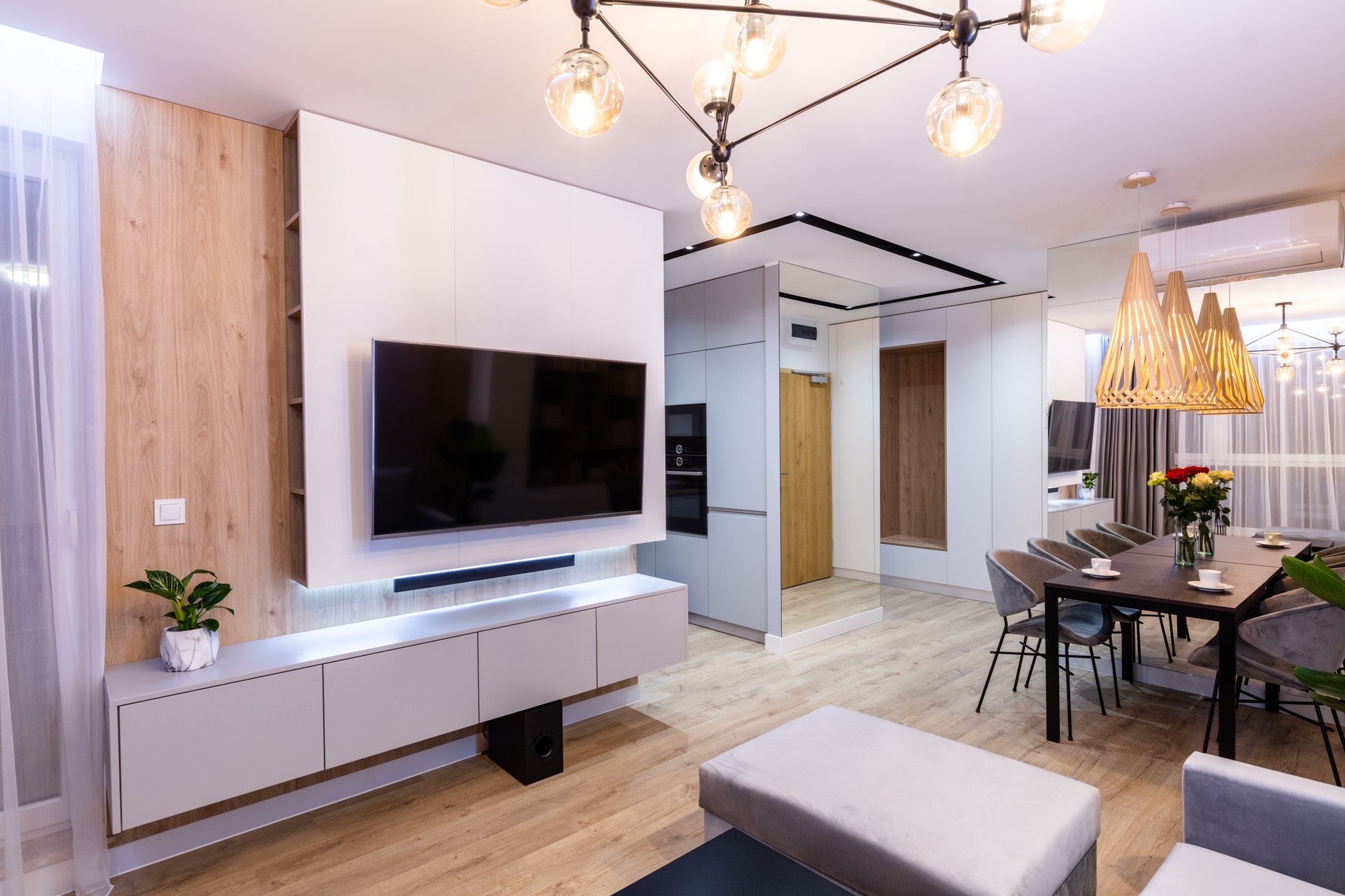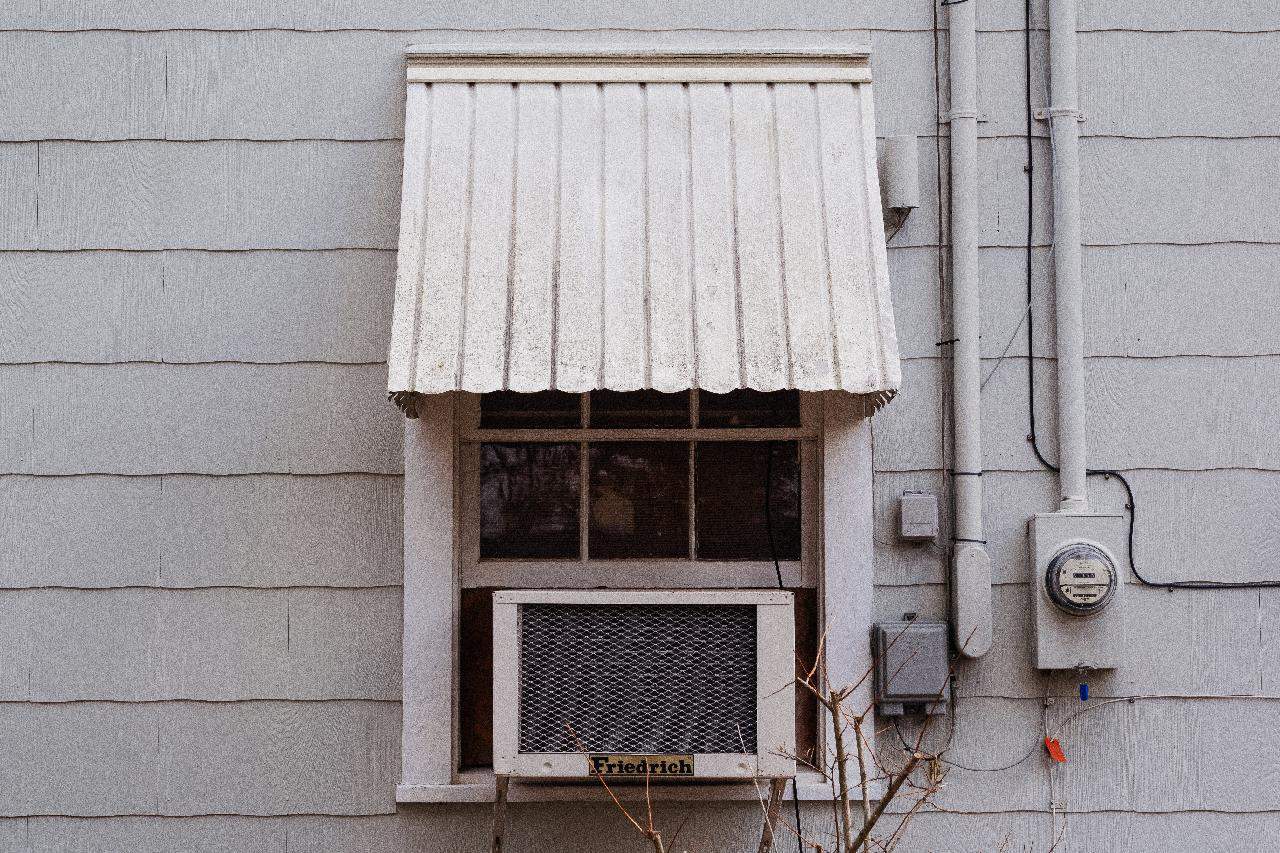The definition of a cottage is different depending on who you ask, but it’s usually considered to be a small home located away from others, usually near a lake or even a beach. The majority of cottages are single stories, but some can be multi-stories. Canadian cottages usually have two stories but are still small. American cottages typically have wooden shingles, English cottages have gardens growing up against the building, and South African cottages have a thatched roof and stucco walls.
No matter where they’re located, they’re still pretty small and usually only consist of a living room, kitchen and dining area, a master bedroom, and one or two bathrooms. So you may think that houses this small are usually fairly easy to decorate… or are they?
Interior Design Styles for Cottages
When decorating any kind of home, most people choose a specific design style or a blend of different styles. Since cottages are small homes, you’ll likely want to stay away from styles that incorporate a lot of pieces, such as Boho (unless you opt for Boho Chic).
Cottage Core
The Cottage Core interior design style was deeply influenced by the aesthetic of actual cottages, making it the perfect decor theme for your cottage. A Cottage Core home features natural light, vintage decor, wooden furniture, and nostalgic touches. Cottage Core itself is also a lifestyle that emphasizes simplicity and self-reliance. So plant a garden outside of your cottage, add wallpaper to the walls, and hang plants along your free-standing bathtub.
Farmhouse
Farmhouse (both Classic and Modern) is very similar to Cottage Core. If you don’t want a literal interpretation of a cottage in your actual cottage, then Farmhouse may be more your style. It still uses many natural elements, such as wooden ceiling beams and flooring, but it also has a more contemporary feel to it. For example, while your kitchen may have exposed wooden beams, hardwood floors, and exposed wooden cabinetry, your countertops can be marble.
Minimalist
The Minimalist design style is perfect for a contemporary cottage and any other type of smaller home. Minimalism is also a lifestyle, where people survive off of the bare minimum needed, and this can be applied to a home. All you need are the essentials: a bed, a small table, and chair(s), etc. You’ll also want to use a monochromatic color scheme and avoid using too many different patterns.
Other Tips
Sometimes you don’t have a clear theme in mind, or you want to combine two or more themes, and that’s okay. Or maybe you want to custom build your cottage and have specific features installed. Either way, here are some other tips to follow when decorating a small space.
Folding Furniture
This can be really helpful if you’re trying the Minimalist style. An example would be a desk: it’s necessary for doing work (especially if you work from home), but you don’t need it to be out all of the time. Some may even choose to have a folding bed (Murphy bed) to free up more floor space in the bedroom(s).
Use Mirrors and Natural Light
Smaller spaces tend to be darker because light has less room to travel. However, bringing in natural light by opening up your curtains and windows can bring in an immense amount of light. Add mirrors around your home to help reflect the light around— and to help make your space appear larger.
Keep It Cohesive
Finally, small spaces can start to look “busy” very easily, so it’s important to keep everything cohesive, no matter which style you choose. If you choose to combine certain decor styles, keep that style combination consistent throughout your home. Also, with any decor style you choose, it’s a good idea to take a minimalist approach with the style to avoid excessive clutter.
Whether you live in a cottage or smaller home as your main residence or if you have a cottage or small home as your vacation home, you can follow these tips when it comes to decorating a small space. Living in a small space doesn’t mean that you can’t get creative with your decorating— it just means that it may take more work to pull everything together.
Overall, you can follow any interior design style you’d like to decorate your home. Just keep in mind that smaller homes may require you to approach that style with a minimalist mindset to avoid clutter and overcrowding.
Discover more from Futurist Architecture
Subscribe to get the latest posts sent to your email.


![modern apartment [article_title]](https://www.futuristarchitecture.com/wp-content/uploads/2025/03/7-Artsy-Secrets-to-Curate-Shoes-Like-a-Shoe-Art-Savant-900x600.jpg)
